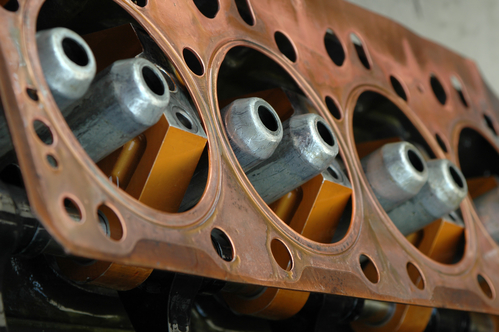Needles used to deliver fluids, fuel injection nozzles, and even aerosol cans are all examples of parts that use small holes for several reasons. Holes in nearly all of the aforementioned examples range from 0.1 mm to 1mm in diameter. To a layman, the holes may seem irrelevant. Experts will however tell you that in the medical field, that small holes used to deliver medicine or air to a patient can be the difference between life and death. This means that precision matters a lot as far as these holes are concerned. Let’s find out how to properly measure them:
How To Measure Small Holes
There are several methods used by experts. Some are traditional or if you may, conventional. With modern innovation however, several instruments have made the whole process easier than before. Most applications are served well by optical comparators and microscopes. Strangely, neither of these two main options are suited for medium and high-volume production applications. This is mainly because both are limited in part configurations that they can accept. For instance, if the hole is deep within a part, or the hole is the size of a shaft like a hypodermic needle, microscopes simply won’t work. In the same vein, gaging via precision wires is also ideal only for low volume tasks. These challenges shed some light on how challenging it is to measure extremely small holes.
Air Gaging
It is one of the most common solutions available. However, there are limitations, i.e. a minimum size of approximately 0.60mm to 1.52mm. Anything below 1.52mm tends to make it difficult to machine air passages in the plug tooling. Additionally, you may have a hard time accommodating jets or precision orifices. This does not mean though, that air gaging is obsolete. A simple change of approach can make it easy for one to use air gaging to measure holes down to 0.1mm.
Improved Air Gages
They measure the rate of flow via the system as opposed to backpressure. This means that the flow decreases as the tool-to-workpiece proximity decreases. In short, they use what experts refer to as the flow principle. The principle effectively measures tiny holes even on old air gages that still operate via the backpressure concept. This whole process is simple. Instead of installing tooling at the rear end of the airline, the workpiece is connected to the line. This means that smaller bores will restrict air flow more than larger bores. As such, the workpiece becomes its very own gage tooling. This simple approach works on all types of backpressure gages from differential type gages—which use a single master—to single leg gages that require two setting masters.
Why Improved Air Gages Are Better
Air flow is most of the time proportional to the cross sectional area of the bore. However, this can sometimes change with the square of diameter. In such setups, gage response will be non-linear. Despite this challenge, the modified air gage will not cause any problems solely because the variation range to be inspected is extremely small. It gets better with the fact that even when the variation range is smaller than expected, the gage can still be set to both lower and upper limits using qualified parts or dual masters.





